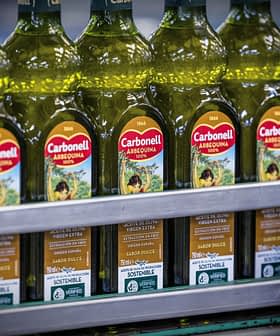Olive Oil Consumption in Italy Slides to 25-Year Low
ITALY HAS LONG BEEN the top olive oil consumer in Europe but not any more, according to the International olive Council (IOC), who places the country in a statistical tie with Spain in their latest report. After peaking in 2006, Italian consumption began a long slide to the lowest levels in a quarter century.
Europeans as whole consumed 400,000 tons less olive oil this year than they did in 1990 — amounting to a 20 percent decline. Fortunately for the world’s olive oil producers, half of that slack was taken up by the United States, where during the same period Americans put an additional 200,000 tons to good use, replacing margarine for one thing.
But before accusing Europeans of pitching to the world what they themselves seem to be turning away from, consider that the average Italian still consumes more than 8.4 liters of olive oil each year — more than 10 times the typical American. In Spain, per capita consumption is holding at 9.5 liters per year, and Greeks, despite the crisis, still drench their foods in 14.9 liters of olive oil on average, according to the IOC figures.
In the U.S. average consumption has doubled from a mere 0.4 liters to 0.8 liters in the past 25 years (margarine use during the same period fell the equivalent of over 3 liters per person). But before the IOC takes a victory lap, it should consider that consumption has more than doubled for all edible oils over the same period. Despite an endless stream of data on the many health benefits of its use, olive oil seems to have barely held its own in the world’s largest market.
Meanwhile, the IOC reported, prices for Italian olive oil reached €6.03/kg, or about $5.98 per liter, at the end of February — a result of the poor harvest season that will place further pressure on buying decisions at the retail shelves.









